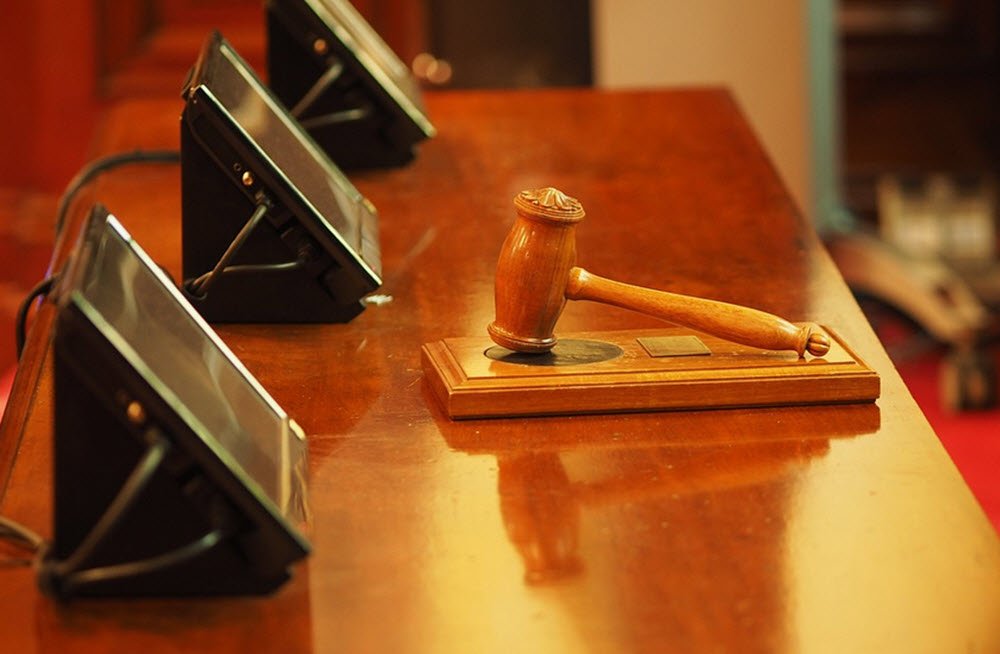In the diverse world of auctions, the Dutch Auction holds a special place for its distinctive method of determining the final transaction price. This article delves into the concept of the Dutch Auction, tracing its origins, understanding its mechanics, and examining its applications in contemporary financial and commodity markets.

Defining the Dutch Auction
Origins and Evolution
The term “Dutch Auction” originates from the Netherlands, where it was used for selling flowers and agricultural produce. This auction method was developed as an efficient means to expedite the selling process, given the perishable nature of the goods.
What is a Dutch Auction?
In contrast to traditional auctions where bidding starts low and gradually increases as bidders compete, a Dutch Auction begins with a high asking price that is systematically lowered until a buyer is found. In essence, it is a process of price discovery in reverse. The first buyer to accept the current price gets the item, effectively ending the auction.
Mechanics of a Dutch Auction
Setting the Opening Price
The auctioneer starts by setting an opening price that is higher than the market value or the estimated value of the item being auctioned. This is to ensure that the auction does not conclude prematurely at a price below the desired range.
Descending Price Intervals
The auctioneer lowers the price in increments over a specified period or at a predetermined rate. Participants must keenly observe this descent, gauging the optimum moment to place their bid.
Closing the Auction
The auction concludes when a participant agrees to pay the current price. This participant wins the item, and the transaction is executed at the bid’s price.
Applications of Dutch Auctions
Commodity Markets
The Dutch Auction continues to be widely used in the sale of flowers, particularly in the Netherlands. Aalsmeer Flower Auction, one of the world’s largest flower auctions, employs this method to rapidly sell a vast quantity of perishable goods.
Treasury Securities
Governments, notably the U.S. Treasury, utilize a modified form of the Dutch Auction to issue securities. In this variant, multiple winning bidders pay the same price, which is the highest yield at which the total offering can be sold.
Initial Public Offerings (IPOs)
Companies have occasionally used Dutch Auctions for their IPOs. This method allows the market to determine the share price more efficiently. Google, for instance, famously used a Dutch Auction for its IPO in 2004.
Advantages and Drawbacks of Dutch Auctions
Advantages
- Efficiency: Dutch Auctions can be quicker than traditional auctions as they avoid protracted bidding wars.
- Price Discovery: They can be effective in determining the market price of an item or security.
Drawbacks
- Price Uncertainty: Sellers face the risk that the item may be sold for less than anticipated if the auction concludes at a low price.
- Complexity for Bidders: Bidders must make rapid decisions, which can sometimes lead to errors in judgment.
In Closing: The Dutch Auction as a Price Discovery Tool
The Dutch Auction, with its distinctive downward price mechanism, has been an enduring method of auctioning items ranging from fresh flowers to corporate securities. Its utility in expediting sales and facilitating price discovery is balanced by the inherent uncertainties it presents to sellers and the complexities faced by bidders. As with any auction mechanism, success in a Dutch Auction requires astute judgment and timely action, whether as a buyer or a seller.
